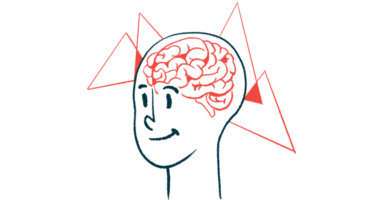Improved software for deep brain stimulation wins FDA approval
Vercise Neural Navigator 5 offers visual guidance for programming treatment

The U.S. Food and Drug Administration (FDA) has approved Boston Scientific’s software called Vercise Neural Navigator 5, which provides visual guidance on how to best program deep brain stimulation (DBS) settings for Parkinson’s disease.
The improved software features an enhanced user-friendly interface that presents simplified patient data and provides clinicians with advanced settings for improving how the therapy is administered. It also allows for greater flexibility in managing the changing requirements of patients at any stage of their condition.
“The new features in the Vercise Neural Navigator 5 are expected to help further reduce the time needed to adjust stimulation and minimize potential side effects, allowing us to optimize treatment benefits for each patient,” Mustafa Saad Siddiqui, MD, the director of the DBS program at Atrium Health Wake Forest Baptist in Winston-Salem, said in a press release.
“Developing meaningful tools to help physicians provide personalized treatments for their patients delivers on our promise to advance our technologies for people living with neurological conditions,” said Jim Cassidy, president of neuromodulation at Boston Scientific.
Improving deep brain stimulation technology
DBS is a Parkinson’s treatment that consists of a surgical procedure wherein doctors place one or more small wires, called leads, into the deep structures of the brain. The leads are connected to a stimulator device that’s powered by a battery. It’s placed under the skin below the collarbone.
Once connected, the stimulator releases pulses of electrical current through the leads and into the brain. The pulses block the irregular signals that cause tremor and other motor problems, reducing Parkinson’s symptoms.
It’s important that doctors place the leads in exactly the right place and that the settings are adjusted to find the balance between reducing symptoms and minimizing side effects. Preforming this programming can be time consuming, however.
Vercise Neural Navigator 5 software, with STIMVIEW XT technology, was developed with Brainlab AG. Used with the company’s Vercise Genus DBS System, the tools have been shown to reduce programming time and provide doctors with real-time visualization and stimulation of each person’s distinct brain anatomy.
“The ability to see the precise placement of DBS Systems enables us to target therapy to meet individual needs,” Siddiqui said.
“Providing effective DBS therapy is complex and can be time-consuming. This software will help streamline the process and allow for more doctor-patient interaction time,” Cassidy said.
The DBS system is approved for conditional use in a magnetic resonance imaging (MRI) environment, meaning it’s safe to use with full-body scans. It can be used with Parkinson’s or essential tremor, which refers to an involuntary shaking in parts of the body that tends to lessen at rest.







